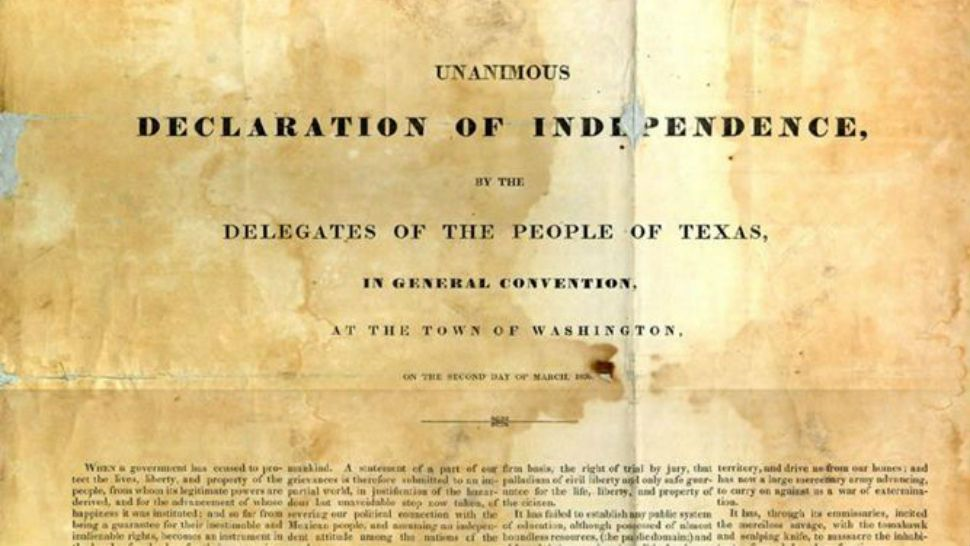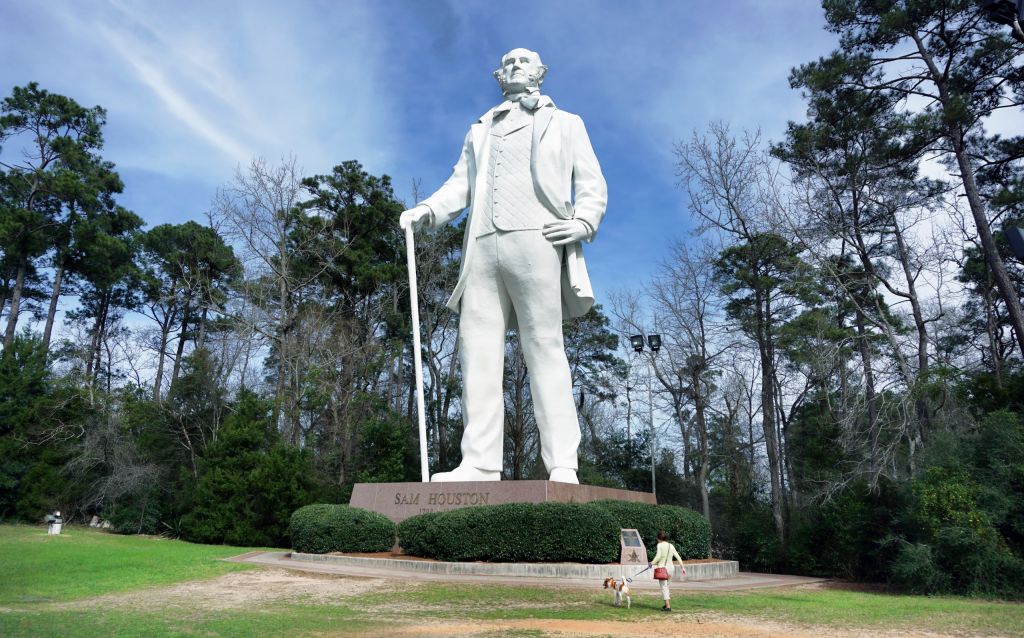
Texas Independence Day

Texas Independence Day, celebrated annually on March 2, marks the adoption of the Texas Declaration of Independence in 1836. This significant day in history symbolizes Texas’s separation from Mexico and the birth of the Republic of Texas. The road to independence was paved with conflict, courage, and the desire for self-governance. In the early 1830s, tensions between Texan settlers and the Mexican government escalated due to disagreements over issues like immigration, land rights, and governance. The settlers, predominantly of Anglo-American descent, felt marginalized. Subsequently, they sought greater autonomy. As these tensions grew, the call for independence became louder.
The Texas Declaration of Independence
On March 2, 1836, delegates from various Texas settlements gathered at Washington-on-the-Brazos. There, they drafted and signed the Texas Declaration of Independence. This momentous document, influenced by the United States Declaration of Independence, outlined the grievances against the Mexican government and proclaimed Texas as a sovereign nation. Among the signatories was Sam Houston, a pivotal figure in the fight for Texas’s freedom.

The declaration set the stage for the Texas Revolution, a series of battles between Texan forces and the Mexican army. One of the most iconic moments of the revolution was the Battle of the Alamo. Here, a small group of Texan defenders, including notable figures like Davy Crockett and James Bowie, heroically resisted a much larger Mexican force. Despite their eventual defeat, the Battle of the Alamo became a rallying cry for Texan independence. The slogan “Remember the Alamo” inspired further resistance.
The turning point in the revolution came on April 21, 1836, at the Battle of San Jacinto. Under the command of General Sam Houston, Texan forces launched a surprise attack on the Mexican army led by General Santa Anna. The decisive victory at San Jacinto secured Texas’s independence and led to the capture of Santa Anna. He was forced to sign treaties recognizing the Republic of Texas.

A Little History
For nearly a decade, Texas existed as an independent nation. It was characterized by its struggles for recognition and efforts to establish a stable government. The United States took Texas into its union as the 28th state in 1845. Texans maintain a profound connection to their independence struggle. This connection continues to define their sense of identity and pride.

Modern celebrations of Texas Independence Day include historical reenactments and parades. Also, educational programs are part of their diverse events. The Alamo, located in San Antonio, stands as a poignant reminder of the sacrifices made in the quest for freedom. Texans and history enthusiasts alike commemorate the day by reflecting on the bravery, determination, and resilience of those who fought for independence.
The spirit of Texas Independence Day transcends historical remembrance, serving as a testament to the enduring values of liberty and self-determination. It is a day when Texans honor their heritage, celebrate their unique history, and express their pride in the Lone Star State.



